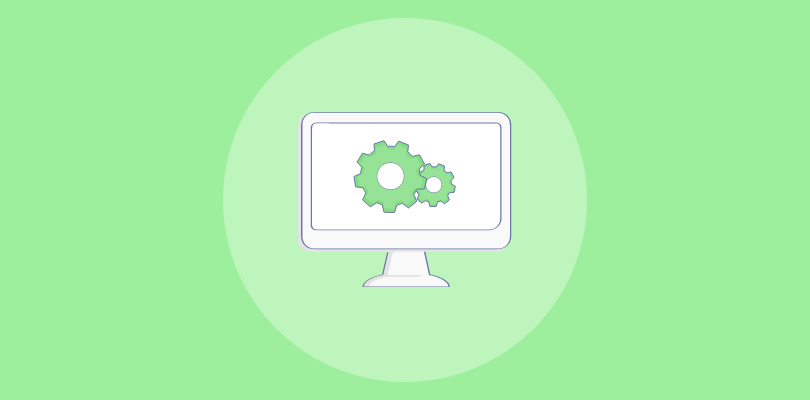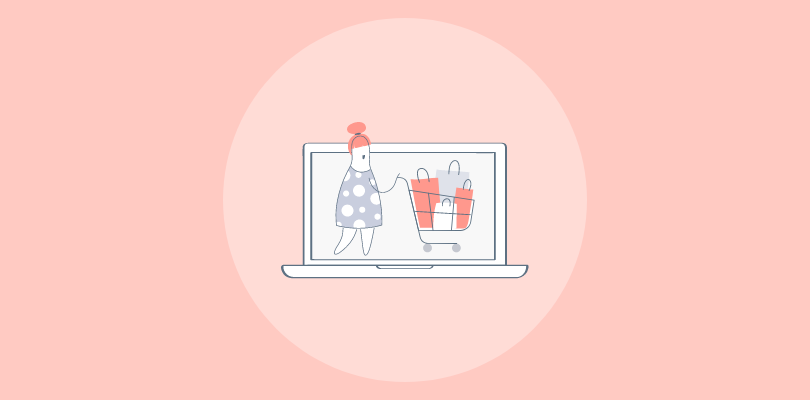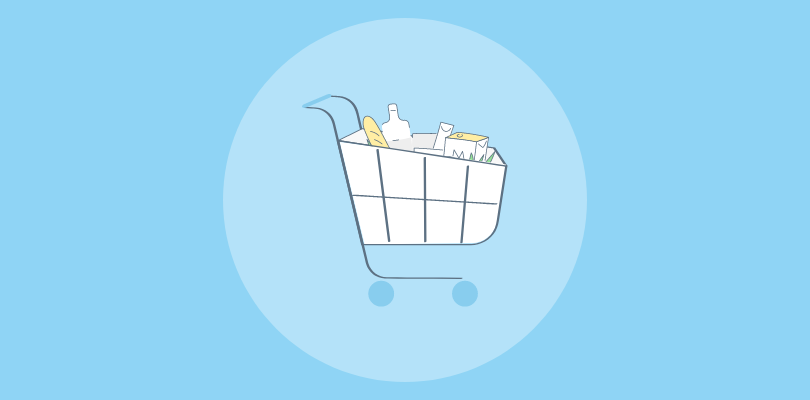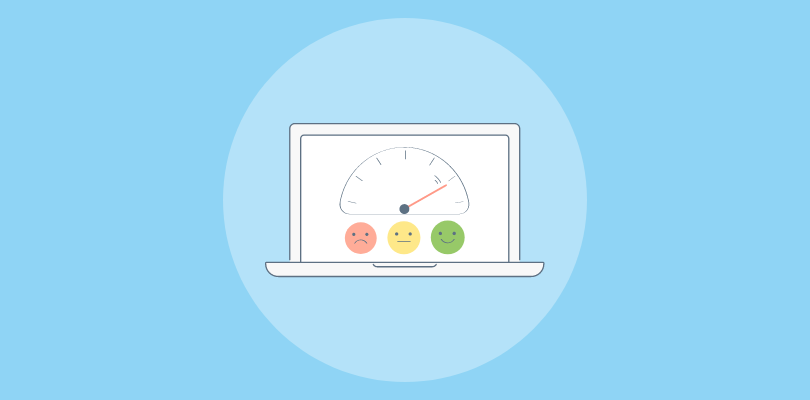
When it comes to online selling, simply having a fantastic product or a snazzy online store isn’t always enough to thrive.
That’s where Shopify marketing automation steps in, providing businesses with a powerful tool to simplify marketing strategies, enhance customer connections, and ultimately skyrocket sales.
But Shopify marketing automation can be overwhelming, especially for those just stepping into this business. This is why we’ll take a closer look at Shopify marketing automation this blog, unraveling all the necessary elements and the advantages it brings to the table for online merchants.
Let’s get started.
Benefits of Shopify Marketing Automation
Shopify marketing automation has tons of advantages. Let’s take a look at some of them:
Increased Efficiency and Time Savings
Shopify marketing automation revolutionizes efficiency and time management for businesses. By automating repetitive tasks like email campaigns and order confirmations, merchants can redirect their focus to strategic aspects of their operations.
The platform’s ability to schedule personalized messages based on customer behavior eliminates manual follow-ups, enhancing customer relationships.
Additionally, robust analytics and reporting features offer insights into campaign performance, empowering businesses to make informed decisions and optimize their marketing strategies.
Personalized Customer Experiences
Shopify marketing automation is a revolutionary tool that enables businesses to go beyond one-size-fits-all marketing approaches.
By harnessing the power of customer data, businesses can deploy automated campaigns that speak directly to individual preferences.
From suggesting products based on past purchases to acknowledging special occasions with personalized promotions, Shopify empowers businesses to curate a shopping experience that feels tailor-made for each customer.
This level of personalization not only fosters a sense of connection but also boosts customer satisfaction, laying the foundation for long-term loyalty and advocacy.
Improved Conversion Rates and Sales
The power of Shopify automation can be seen in its ability to strategically influence customer behavior throughout the buyer’s journey.
Automated abandoned cart reminders act as a digital safety net, recapturing the attention of potential buyers and nudging them toward completing their purchase. Time-sensitive promotions, triggered by specific customer actions, create a sense of urgency, effectively driving conversions.
By fine-tuning these automated touchpoints, businesses not only recover potentially lost sales but also optimize their overall sales funnel, turning leads into loyal customers and driving sustained revenue growth.
Case Study: Vertical Nerve
Vertical Nerve, a digital optimization company, implemented Picreel to increase its news subscriber base.
They saw a significant improvement in their conversion rate, with over 3,000 lost visitors won back and 500 new subscribers in just a few months.
The success was attributed to Picreel’s easy-to-use tool for generating leads through customized popups, particularly for mobile users.
Get a 15-300% boost in leads and conversions with Picreel!
Increased Customer Engagement and Retention
Shopify’s automation tools provide a continuous thread of communication that keeps customers engaged beyond the point of purchase.
From automated thank-you emails expressing gratitude for purchase to providing real-time order updates, businesses can effortlessly nurture ongoing relationships. Besides, using features like exit intent popup in Shopify, businesses can capture the attention of customers who are about to leave the site, offering them incentives or personalized content.
Additionally, automated loyalty programs and personalized content recommendations ensure that customers feel valued and understood.
This sustained engagement not only enhances customer satisfaction but also increases the likelihood of repeat business, turning one-time buyers into brand advocates.
Data-Driven Insights and Campaign Optimization
Shopify’s analytics and reporting features serve as a valuable dashboard for actionable insights. By meticulously tracking key performance indicators such as open rates, click-through rates, and conversion rates, businesses gain a deep understanding of how their audience interacts with their campaigns.
With this knowledge, merchants can make informed decisions, identifying successful strategies and areas for improvement.
This data-driven approach not only allows businesses to optimize current campaigns but also empowers them to craft future strategies that align seamlessly with their audience’s preferences, ensuring sustained success in the dynamic landscape of e-commerce.
Best Shopify Marketing Automation Tools
Shopify marketing automation is incomplete without the right set of tools. Let’s take a look at some of the most essential ones:
Picreel
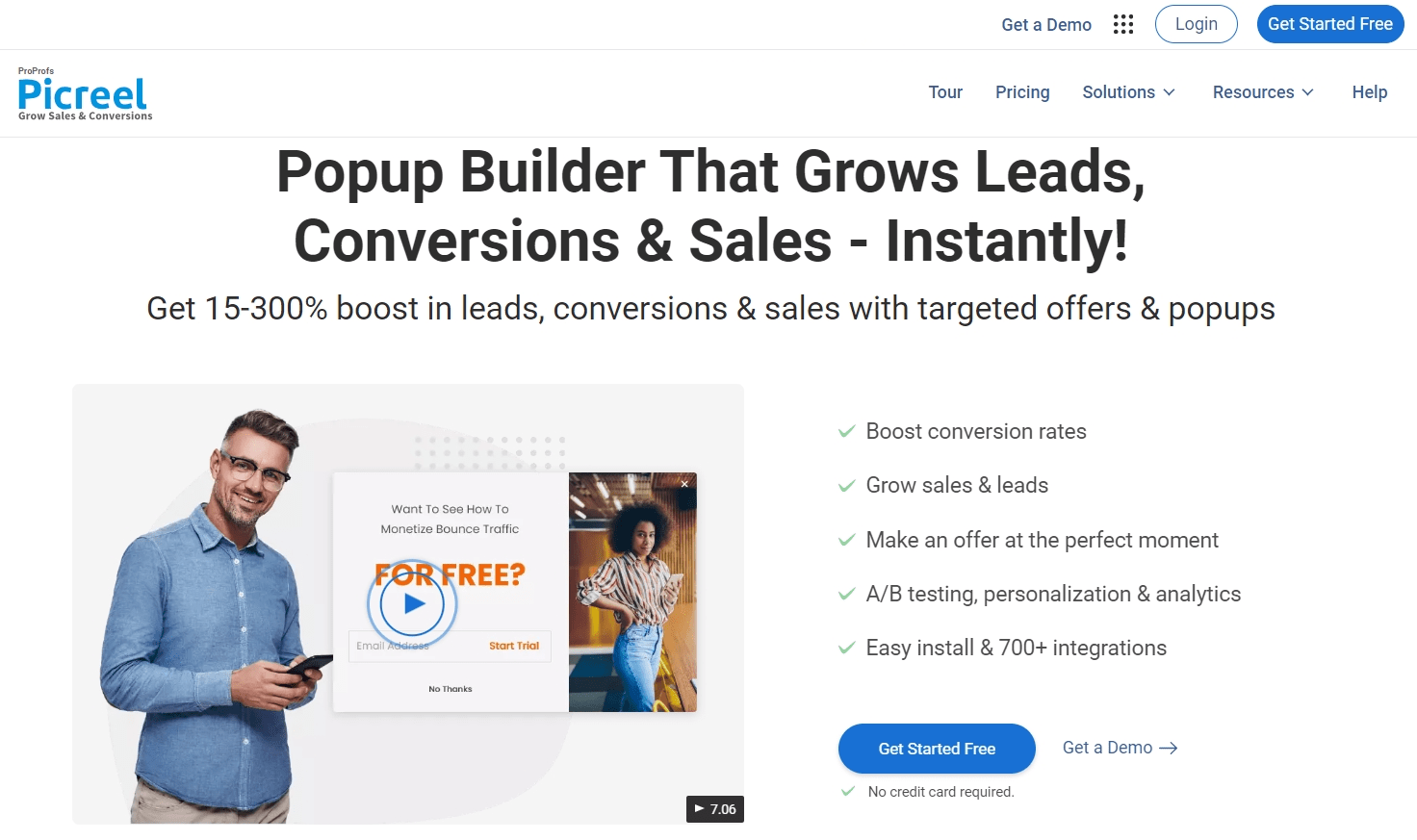
Picreel stands out as the top Shopify marketing automation tool, seamlessly integrating with the platform to elevate online businesses to unprecedented heights.
Offering a user-friendly interface and robust features, Picreel empowers Shopify merchants with advanced capabilities for personalized customer engagement, conversion optimization, and data-driven insights.
Its intuitive design allows businesses to effortlessly create and deploy targeted pop-ups, overlays, and exit-intent campaigns, enhancing the customer experience and boosting conversion rates.
With Picreel, businesses can automate the delivery of personalized messages, discounts, and promotions based on customer behavior, fostering increased customer engagement and loyalty.
Klaviyo
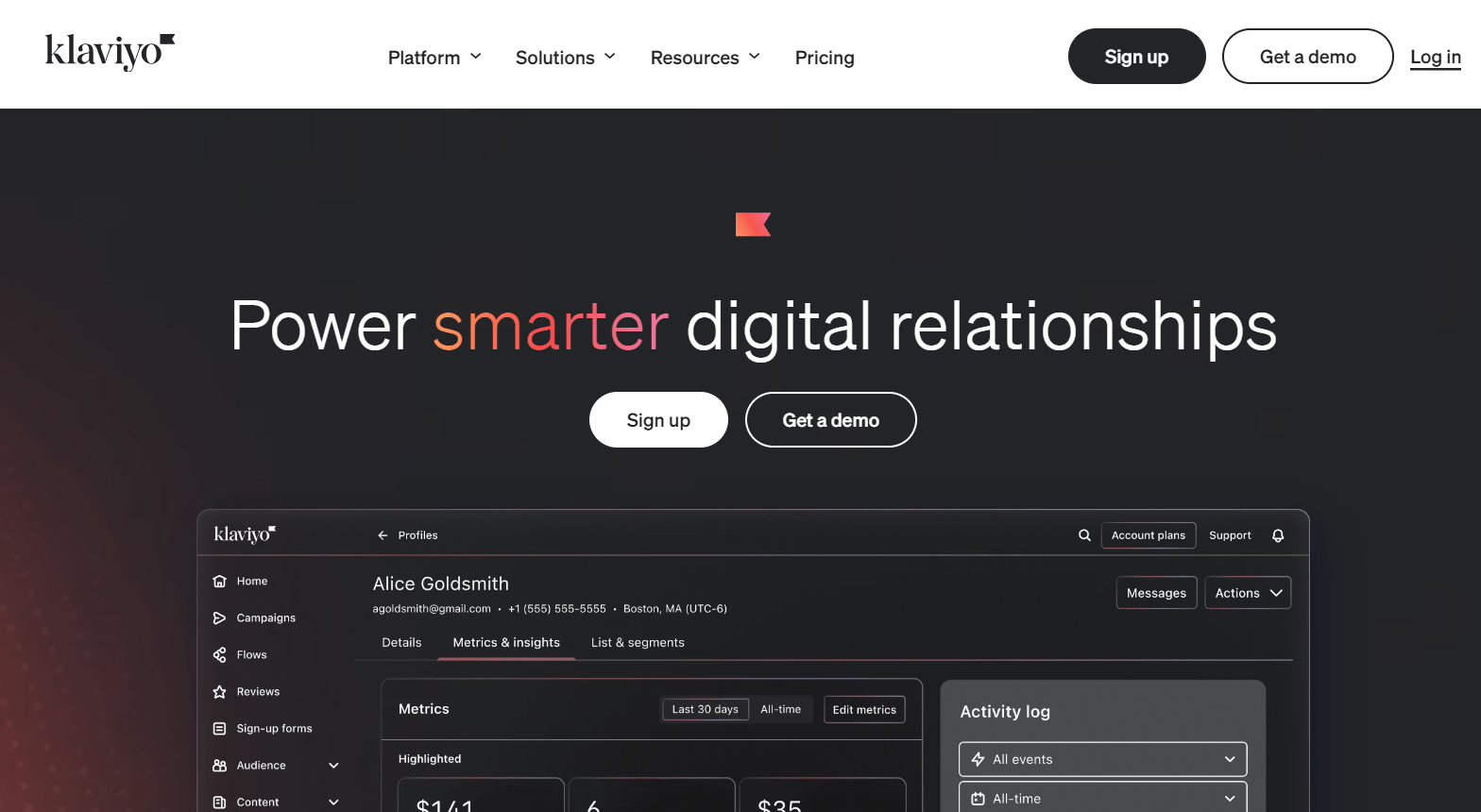
Seamlessly integrated with the platform, Klaviyo empowers businesses to create targeted, data-driven campaigns that resonate with customers. Its robust features allow for personalized email sequences, abandoned cart recovery, and customer segmentation.
Klaviyo’s intuitive interface simplifies the process, enabling merchants to craft engaging content and automate customer communications effortlessly.
With detailed analytics, businesses can glean insights to refine strategies and maximize ROI, making Klaviyo an indispensable ally for Shopify merchants seeking sophisticated marketing automation.
Mailchimp
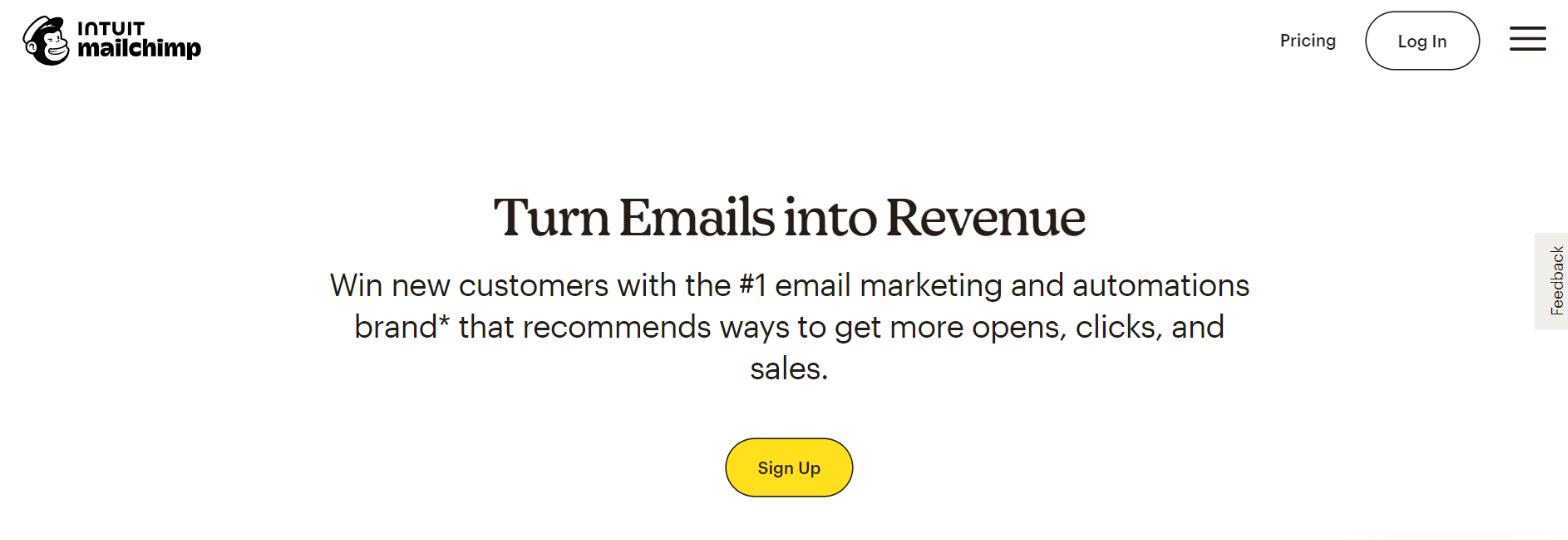
Effortlessly syncing with Shopify, Mailchimp offers automation features that streamline email marketing and audience engagement.
Create personalized campaigns, automate product recommendations, and nurture leads seamlessly. Mailchimp’s analytics provide valuable insights into campaign performance, allowing businesses to optimize strategies for increased effectiveness.
With its intuitive design and comprehensive features, Mailchimp is the go-to solution for Shopify merchants aiming, to enhance customer communication and drive conversions through smart marketing automation.
Omnisend
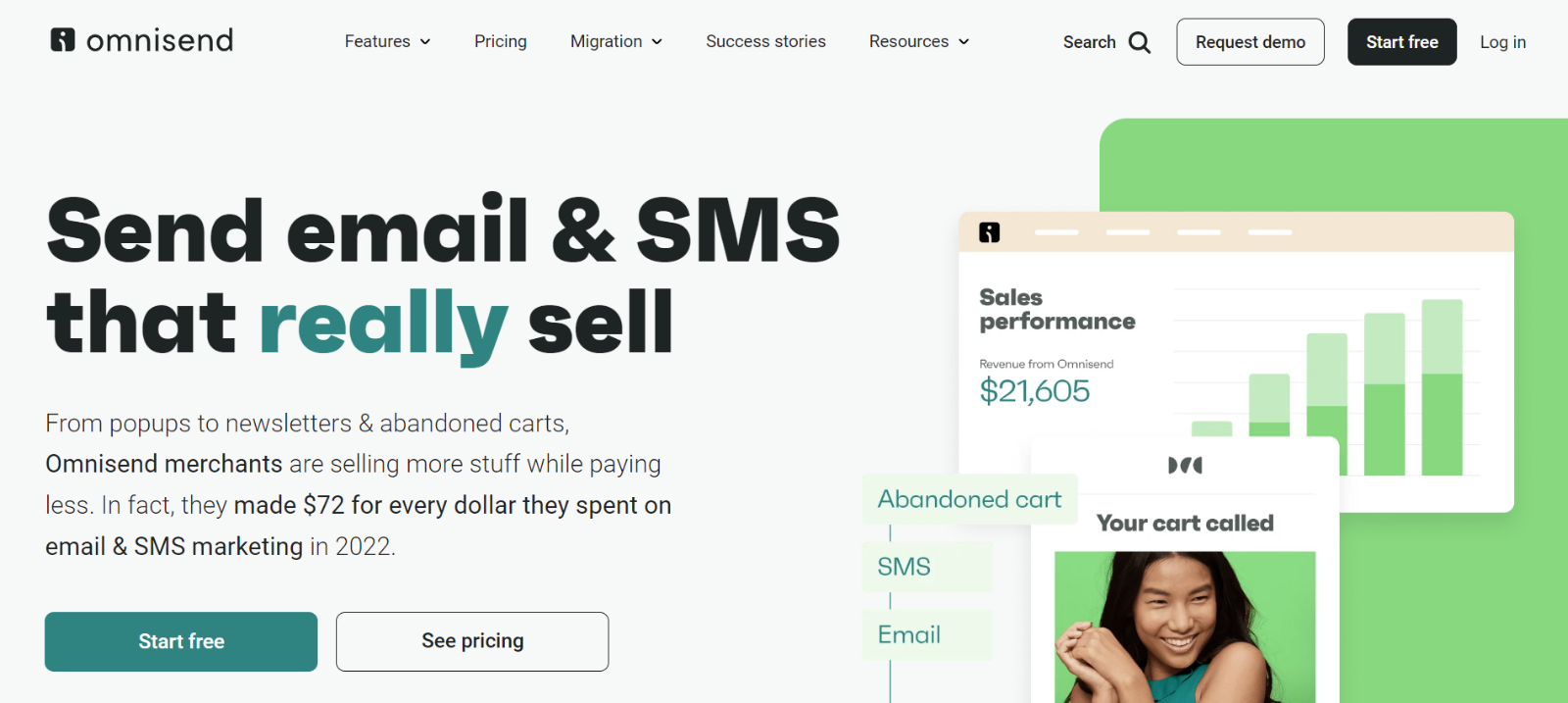
Omnisend emerges as a powerful Shopify marketing automation tool tailor-made for e-commerce success. Omnisend offers automation workflows for personalized messaging, cart abandonment recovery, and customer reactivation.
The platform’s robust features enable merchants to create dynamic campaigns that resonate with their audience. With Omnisend, businesses can leverage advanced segmentation and A/B testing, ensuring their marketing efforts are finely tuned for optimal results.
For Shopify merchants looking to amplify their reach and engagement, Omnisend stands as an ideal solution for comprehensive and effective marketing automation.
Hootsuite
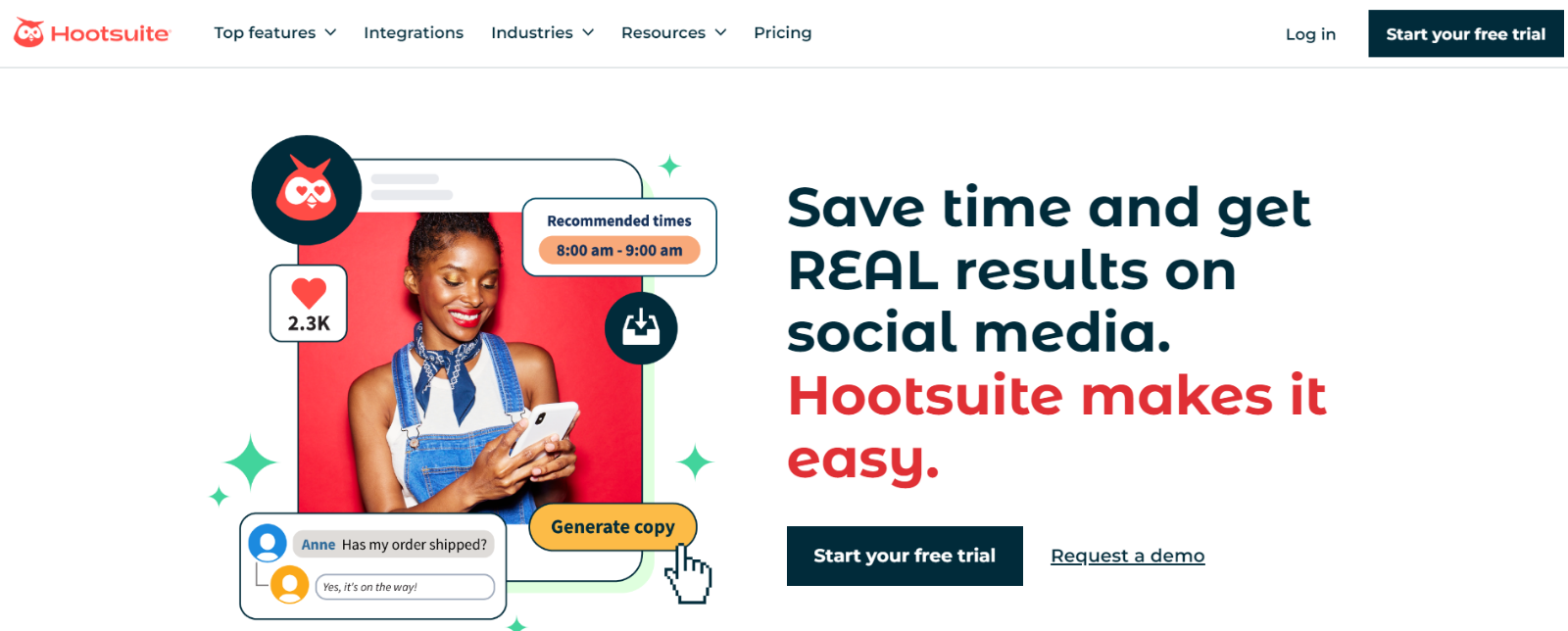
Transform your Shopify marketing strategy with Hootsuite, an all-in-one social media management tool. Ideal for automating social media campaigns, Hootsuite allows businesses to schedule posts, track engagement, and manage multiple platforms seamlessly.
Its integration with Shopify streamlines the process of promoting products across social channels.
Hootsuite’s analytics provide valuable data to refine social strategies and boost brand visibility.
Also Read - Best Shopify Upsell Apps: 7 Top Choices to Boost Sales in 2024
Tips to Improve Marketing Automation for Shopify
Your Shopify marketing automation can only be as effective as the tips and best practices you put into place. Let’s take a look at some of the most effective tips and best practices that you can follow:
Define Your Goals
To boost your Shopify marketing automation, kickstart the process by defining clear, SMART goals.
Craft objectives that are Specific, Measurable, Achievable, Relevant, and Time-bound to provide a solid foundation. Identify key performance indicators (KPIs) aligned with your goals—whether it’s increasing traffic, enhancing conversions, or improving engagement.
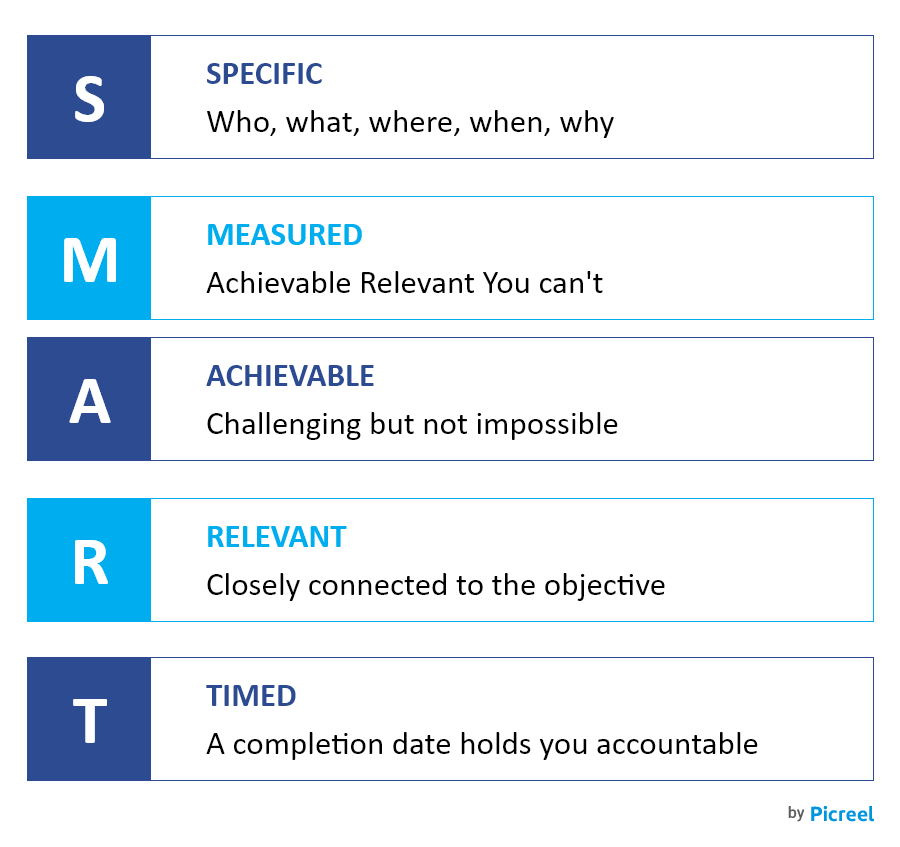
Regularly review and adapt KPIs to stay agile in response to evolving business needs and trends. Incorporate feedback from your team and customers during this process for validation and diverse perspectives.
A well-defined set of goals serves as a guiding compass, ensuring every automated action contributes meaningfully to overarching business objectives.
Identify Key Customer Segments
To enhance your Shopify marketing automation, start by gaining a deep understanding of your customer base through meticulous segmentation.
Dive into Data: Begin by delving into customer data and examining dimensions such as purchasing behavior, preferences, and demographics.
Craft Distinct Segments: Utilize the insights gathered to create distinct customer segments. This data-driven approach ensures that your marketing messages are tailored to resonate with specific groups, enhancing their relevance and impact.
Regular Reassessment: Customer dynamics evolve, and staying responsive to these changes ensures that your automation efforts remain finely tuned, consistently meeting the unique needs and preferences of your audience.
This iterative process of segmentation not only sharpens the precision of your marketing automation but also establishes a responsive strategy that evolves in sync with your dynamic customer base.
Choose the Right Tools
The backbone of successful marketing automation lies in the selection of the right tools, ones that seamlessly integrate with Shopify and cater to your specific business needs.
As you explore options for email marketing, social media management, analytics, and beyond, consider tools like Picreel, Klaviyo, and Omnisend, as these tools excel in popup and email marketing automation.
Prioritize platforms with user-friendly interfaces, ensuring that your team can navigate effortlessly. Additionally, focus on tools with robust features that align with your objectives, allowing for a streamlined and efficient automation process.
The careful selection of tools ensures a cohesive and effective automation strategy that complements your business goals.
Set Up Automation
With a clear vision of your goals, well-defined customer segments, and the right tools in place, it’s time to bring your automation strategies to life.
Develop workflows that align with your overarching business objectives, incorporating personalized elements such as tailored email campaigns, abandoned cart recovery sequences, and customer reactivation strategies.
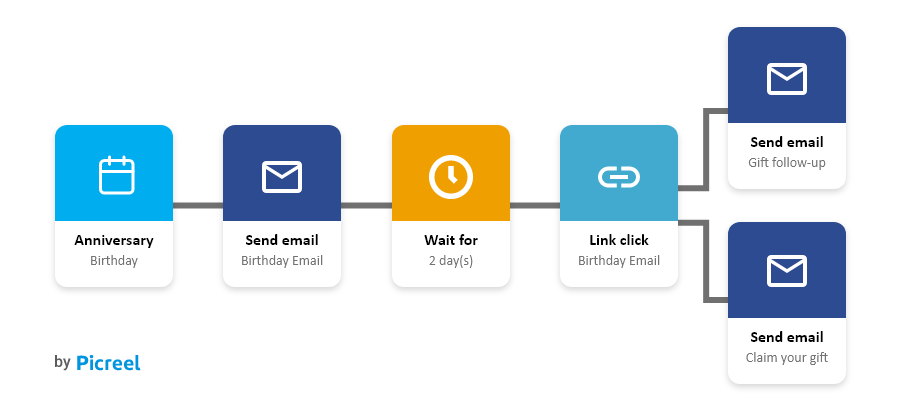
As you set up automation, strike a balance between efficiency and maintaining a customer-centric approach.
Ensure that each automated process contributes not only to your goals but also resonates with your audience, creating meaningful and engaging interactions.
Track and Optimize
The journey toward effective Shopify marketing automation doesn’t conclude with implementation; ongoing tracking and optimization are pivotal for sustained success.
Monitor key performance indicators (KPIs) diligently, including open rates, click-through rates, and conversion rates. Use the insights gathered to refine and optimize your automation strategies continuously.
Embrace an iterative mindset, experimenting with A/B testing to fine-tune your approaches. This data-driven approach ensures that your automation efforts remain adaptive and responsive to changes in customer behavior and market trends.

Through continuous optimization, you’ll unlock the full potential of your Shopify marketing automation strategy, driving long-term success and growth.
Also Read - 11 Pop-Up Best Practices to Drive Conversions
Simplify Marketing Automation for Shopify
Mastering Shopify marketing automation involves a strategic blend of customer-centric segmentation, meticulous tool selection, and continuous refinement.
By getting into the customer data, crafting tailored segments, and choosing versatile tools, businesses can create seamless and effective automation strategies. Regular reassessment and optimization based on real-time insights ensure sustained relevance in a dynamic market.
Tools like Picreel prove to be extremely important when we talk about Shopify marketing automation. It offers a robust drag-and-drop builder with precise targeting and trigger options that allow Shopify merchants to capture every visitor. It also seamlessly integrates with Shopify, which makes popup creation and deployment a breeze.
Learn More About Shopify Marketing Automation
How do I find and install third-party marketing automation apps in Shopify?
To find and install third-party marketing automation apps in Shopify, follow these steps:
- Visit the Shopify App Store.
- Use the search bar to find marketing automation apps or browse through the Marketing category.
- Review app descriptions, ratings, and reviews to select a suitable app.
- Click “Add app” or “Get” to install the chosen app to your Shopify store.
- Follow the prompts to complete the installation process and configure the app settings as needed.
Remember to assess app compatibility, features, and pricing before installing to ensure it meets your marketing automation needs within Shopify.
Are marketing automation apps compatible with all Shopify plans?
Marketing automation apps for Shopify vary in compatibility across different subscription plans. Shopify offers diverse plans, each with unique features and limitations, potentially affecting app compatibility.
When exploring these apps in the Shopify App Store, examining the app’s details is crucial. Developers often specify plan requirements or restrictions, indicating which plans support their app. Higher-tier plans typically offer more extensive functionalities, enhancing compatibility with various third-party apps, including marketing automation tools.
Checking the app’s description or contacting the developer helps clarify compatibility, ensuring seamless integration and effective utilization within your specific Shopify plan.
Can I use multiple marketing automation apps simultaneously in Shopify?
Yes, it’s possible to use multiple marketing automation apps simultaneously in Shopify. However, it’s important to ensure that these apps do not conflict with each other and that they complement your marketing strategies effectively. Careful integration and management are essential to prevent overlaps or discrepancies in your marketing efforts while using multiple apps concurrently.
How do third-party marketing automation apps differ from Shopify’s built-in tools?
Third-party marketing automation apps offer specialized and advanced features beyond Shopify’s built-in tools, providing greater customization, diverse functionalities, and integrations for more sophisticated marketing strategies. Shopify’s native tools offer basic functionalities like email marketing and customer segmentation within the platform’s ecosystem.
What should I consider when choosing a third-party marketing automation app?
When choosing a third-party marketing automation app, consider factors like your specific marketing needs, ease of integration with Shopify, features offered (such as segmentation, workflows, and analytics), user reviews, pricing structure, customer support, and scalability to ensure it aligns with your business goals and enhances your marketing efforts effectively.
FREE. All Features. FOREVER!
Try our Forever FREE account with all premium features!




